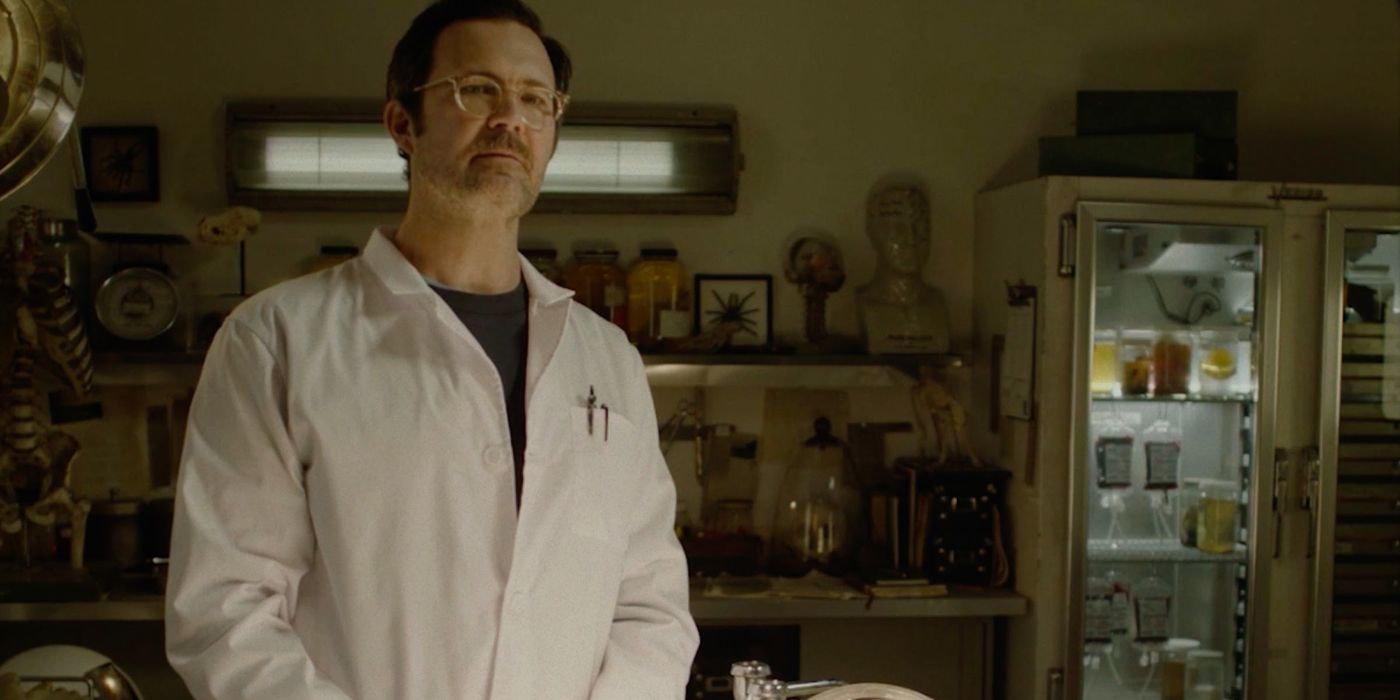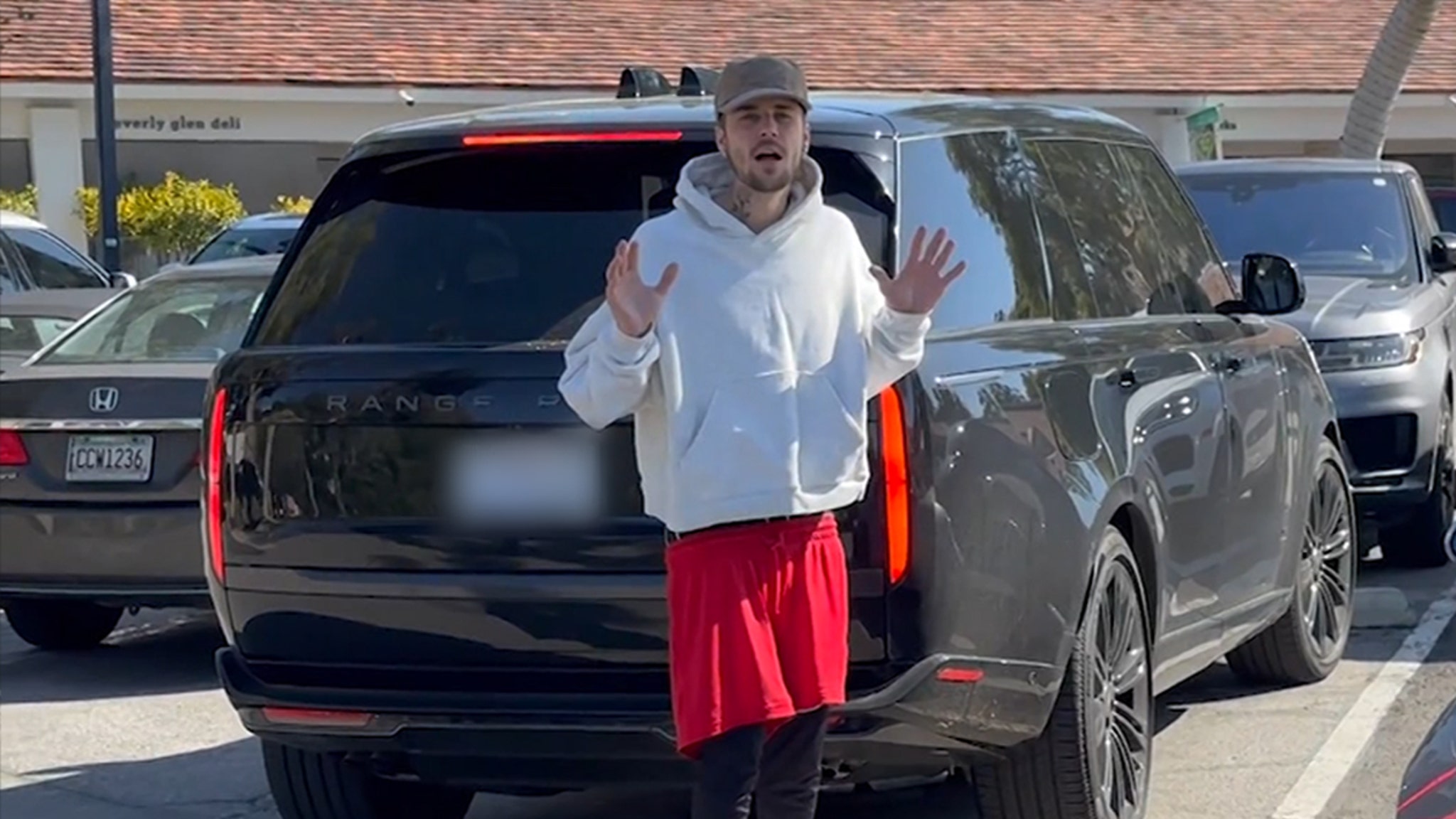Theranos founder and self-made tech billionaire Elizabeth Holmes is the subject of Hulu’s new limited series titled “The Dropout.” The eight-part series recalls the rise and fall of Holmes and her company amid its massive fraud scandal. In the early 2000s, Theranos followed in the footsteps of revolutionary tech companies like Apple and Facebook. Holmes boosted it as a promising solution to transform blood testing and democratize healthcare as we know it. But by 2015, the Palo Alto company, along with its former CEO, were in hot water once inaccuracies in Theranos’ technology were exposed as well as Holmes’s cover up.
Holmes’s professional demise came shortly after when authorities caught onto her scandal. She stepped down from her role as Theranos’ CEO in June 2018, and around the same time, a federal grand jury indicted her on nine counts of wire fraud and two counts of conspiracy to commit wire fraud. So what happened to Theranos after Holmes was disgraced from her position? Here’s the full backstory the company’s history.
How Was Theranos Founded?
As a Stanford college dropout, Holmes started Theranos in 2003, combining the words therapy and diagnosis for her brand. By the end of the next year, she raised $6 million for her budding company, drawing funds mostly from family friends. Theranos eventually developed a prototype of a device called the Edison, named after the prolific inventor. The product was said to use only the blood from a finger prick to run hundreds of tests that would detect a gamut of diseases — as opposed to deploying a needle syringe and taking much more blood from a vein.
The company was secretive and published virtually no data in peer-reviewed journals to show that it had clinically valid results from their machine. While scientists questioned the details of the biotechnology, investors continued to pour money into Theranos. Its board included political heavyweights like Henry Kissinger and George Shultz, while its founder investors were big names such as Walmart’s Walton family and Rupert Murdoch. Theranos would later partner up with Walgreens to implement its blood-testing technology in stores across the nation. At its most powerful, the company was valued at $9 billion and had 800 employees.
What Happened to Theranos?
Theranos’ downfall came in 2015 when, after much research, reporter John Carreyrou published pieces in The Wall Street Journal questioning the company’s Edison device. Carreyrou’s investigations revealed that Theranos had been using industrial analyzers that already existed to conduct tests since its core product wasn’t working. Walgreens sued the company for $140 million in 2016, eventually settling for much less. In 2018, the US Securities and Exchange Commission (SEC) charged Holmes with defrauding investors.
David Taylor, who had taken over Holmes’s CEO post in June of that year, announced to shareholders in September that the blood-testing company would dissolve and cease operation. By then, most employees had already been laid off. Holmes once spoke of a possible redemption for the company, but after she was indicted with two counts of conspiracy to commit wire fraud and nine counts of wire fraud (alongside former Theranos COO and ex-boyfriend Sunny Balwani) in June 2018, it was evident the company was done.
Balwani is currently awaiting trial in the Theranos case, and is scheduled to appear in court sometime this month. As for Holmes, she was convicted on three charges of wire fraud and one count of conspiracy to commit wire fraud by lying to investors in January. She’s currently out on a $500,000 bond, but, when she gets sentenced in September, she could face up to 20 years in prison for each of her charges.
“The Dropout” starts stteaming on Hulu on March 3.
You can view the original article HERE.



























